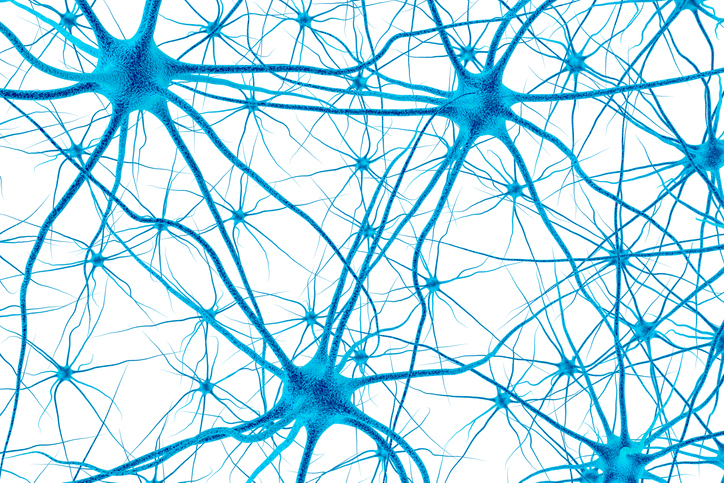Pain
The Role of Opioids in the Treatment of Neuropathic Pain

What is neuropathic pain?
Neuropathic pain is a chronic pain condition that occurs due to nerve damage or a malfunctioning nervous system. The nervous system includes peripheral nerves, the brain, and the spinal cord. The central nervous system (CNS) includes the brain and spinal cord. Peripheral nerves spread throughout the body and transfer information between the brain and spinal cord from other parts of the body. Nerve damage can change the nerve function at an injury site or the area surrounding an injury, causing them to send wrong signals to pain centers.
Neuropathic pain may be caused by infection, viruses, trauma or surgery, diabetes, autoimmune disorders, chemotherapy, toxins, etc. It is often difficult to treat due to being unresponsive to various treatment options.
Opioids for treatment of neuropathic pain
An opioid is a medication prescribed to relieve moderate to severe pain by weakening pain signals from nerves to the brain. Opioids have been a standard of care in pain management for decades. While opioids are not effective for everyone experiencing neuropathic pain, they are considered part of the neuropathic pain treatment algorithm.
Generally, nociceptive pain (pain caused by physical trauma) is responsive to opioids. Peripheral and spinal neuropathy are also typically receptive to opioids; however, supraspinal neuropathic pain (occurring above the spinal column) is less responsive to this class of medications.
How they work
Certain opioids, including methadone and levorphanol, are more effective in the treatment of neuropathic pain as a result of the receptors that they bind to. While these opioids have the same opioid receptor functions as others, they also attack NMDA receptors and inhibit the reabsorption of norepinephrine. Antidepressants treat neuropathic pain in the same way. Levorphanol also binds to Kappa receptors, which may increase its ability to provide pain relief.
Studies
In several studies, methadone has shown to decrease neuropathic pain. Although these studies are not conclusive, they are promising evidence in support of methadone’s efficacy in treating neuropathic pain. There is inadequate data regarding levorphanol’s impact on neuropathic pain; however, some studies suggest that the response has a similar pattern to that of methadone. Methadone is prescribed more often than levorphanol, which has resulted in levorphanol being referred to as the “forgotten opioid.” Although research is lacking, further studies on levorphanol’s ability to treat neuropathic pain are essential.
Opioid drugs, such as tramadol, mimic the functionality of the antidepressants desipramine and amitriptyline, which treat neuropathic pain by blocking norepinephrine reuptake. The theory is that tramadol would then have a similar effect on neuropathic pain. Additional research is needed in this area, but studies and literature surrounding this theory tend to support the idea that opioids would impact neuropathic pain similarly.
Additional sources: Medical News Today, Brain & Spine Foundation, ScienceDirect, American Journal of Managed Care, and ScienceDirect















